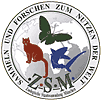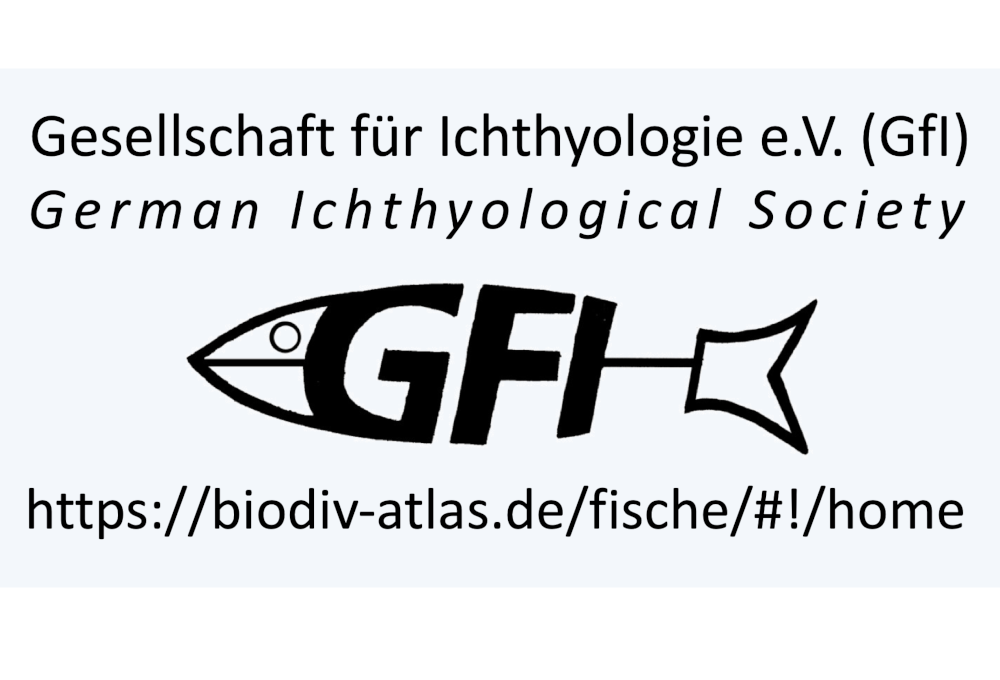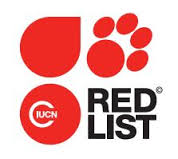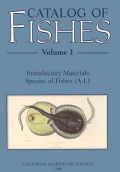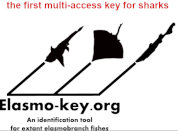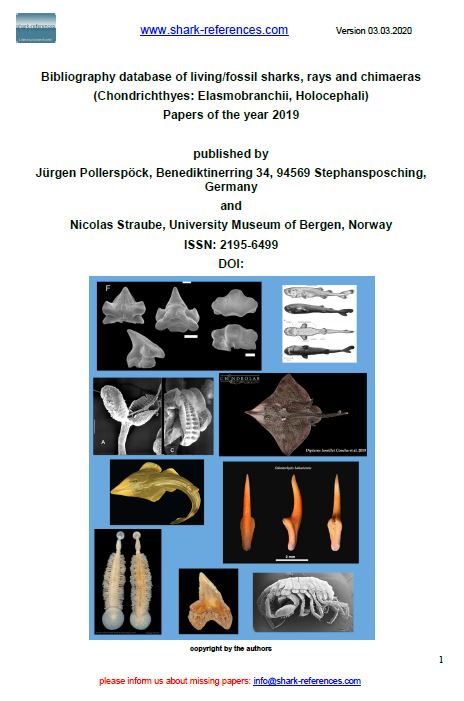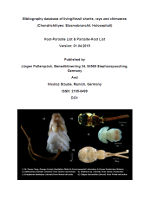
Osmolyte Adjustments as a Pressure Adaptation in Deep-Sea Chondrichthyan Fishes: An Intraspecific Test in Arctic Skates (Amblyraja hyperborea) along a Depth Gradient. Physiological and Biochemical Zoology, 91(2), 788–796
DOI: 10.1086/696157

Does the physiology of chondrichthyan fishes constrain their distribution in the deep sea? Journal of Experimental Biology, 219(5), 615–625
DOI: 10.1242/jeb.128108

A radical approach to beating hypoxia: depressed free radical release from heart fibres of the hypoxia-tolerant epaulette shark (Hemiscyllum ocellatum). Journal of Comparative Physiology B: Biochemical, Systemic, and Environmental Physiology, 182(1), 91–100
DOI: 10.1007/s00360-011-0599-6

Hypoxia tolerance in elasmobranchs. II. Cardiovascular function and tissue metabolic responses during progressive and relative hypoxia exposures. Journal of Experimental Biology, 215(1), 103–114
DOI: 10.1242/jeb.059667

Hypoxia tolerance in elasmobranchs. I. Critical oxygen tension as a measure of blood oxygen transport during hypoxia exposure. Journal of Experimental Biology, 215(1), 93–102
DOI: 10.1242/jeb.059642

The unusual energy metabolism of elasmobranch fishes. Comparative Biochemistry and Physiology – Part A, Molecular & Integrative Physiology, 155(4), 417–434
DOI: 10.1016/j.cbpa.2009.09.031

The unusual energy metabolism of elasmobranch [Abstract]. Comparative Biochemistry and Physiology – Part A, Molecular & Integrative Physiology, 153(2, Supplement 1), S66
DOI: 10.1016/j.cbpa.2009.04.011

Plasma non-esterified fatty acids of elasmobranchs: comparisons of temperate and tropical species and effects of environmental salinity.. Comparative Biochemistry and Physiology – Part A, Molecular & Integrative Physiology, 149(2), 209–216
DOI: 10.1016/j.cbpa.2007.12.003

Comparison of metabolic fate of exogenous ammonia in an elasmobranch (Squalus acanthias) and a teleost (Oncorhynchus mykiss). Comparative Biochemistry and Physiology – Part A, Molecular & Integrative Physiology, 148(Supplement 1), S48
DOI: 10.1016/j.cbpa.2007.06.120

The accumulation of methylamine counteracting solutes in elasmobranchs with differing levels of urea: a comparison of marine and freshwater species. Journal of Experimental Biology, 209(5), 860–870
DOI: 10.1242/jeb.02055

Metabolic Organization of the Spotted Ratfish, Hydrolagus colliei (Holocephali: Chimaeriformes): Insight Into the Evolution of Energy Metabolism in the Chondrichthyan Fishes. Journal of Experimental Zoology Part A, Comparative Experimental Biology, 305, 631–644
DOI: 10.1002/jez.a.315

Metabolic organization of freshwater, euryhaline, and marine elasmobranchs: implications for the evolution of energy metabolism in sharks and rays. Journal of Experimental Biology, 209(13), 2495–2508
DOI: 10.1242/jeb.02294
